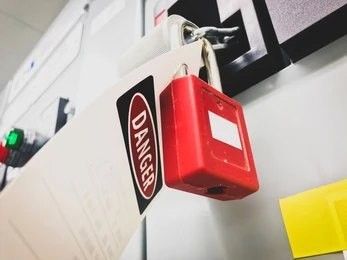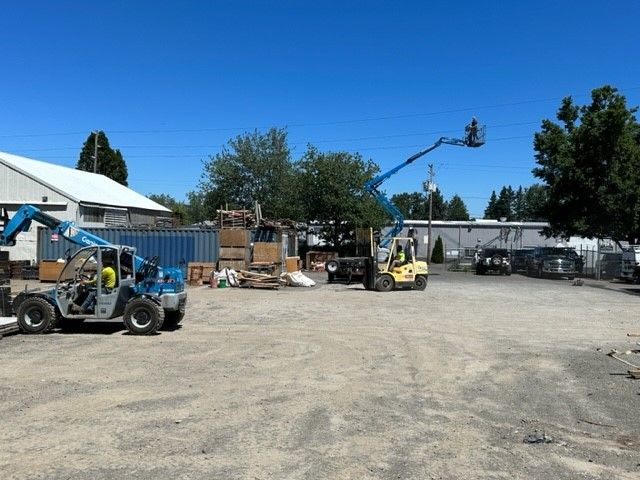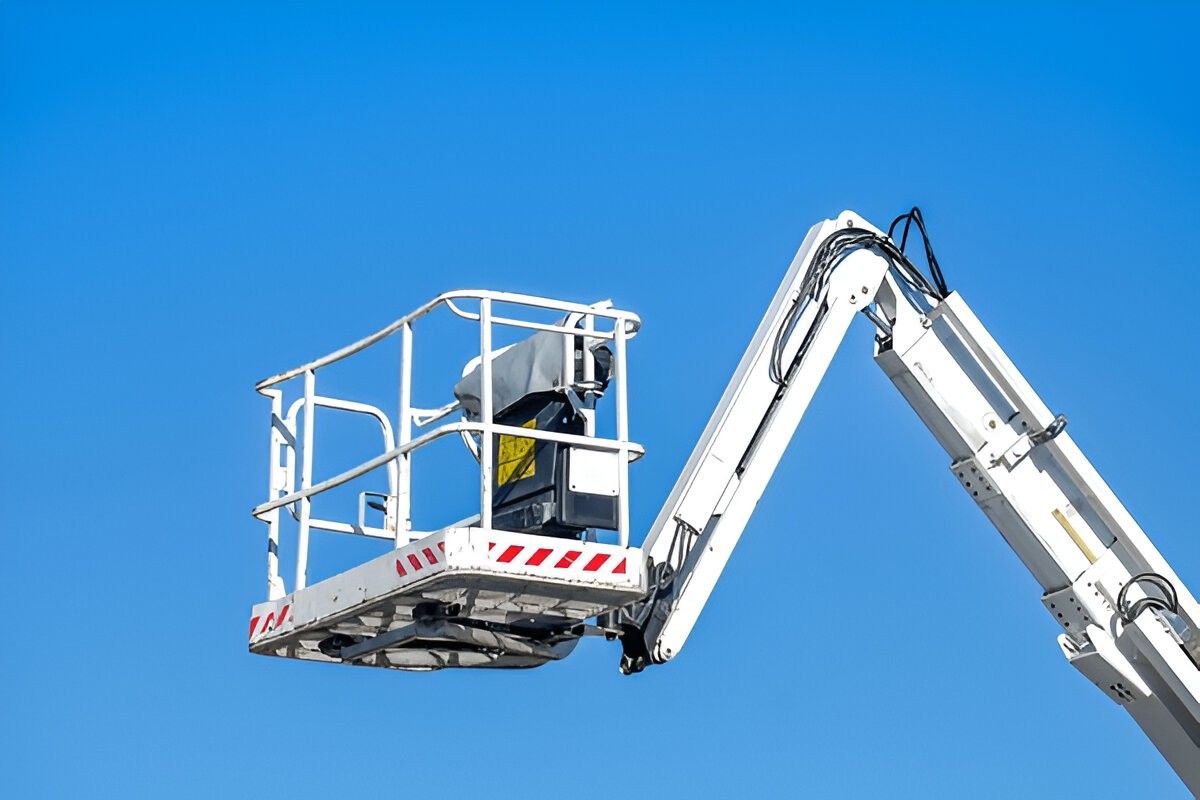By Robert Miller
•
May 27, 2025
In industrial settings, a single misstep during machine maintenance can lead to irreversible harm. That’s why a lockout tagout training certificate isn’t just another paper, it's a sign of workplace responsibility. It certifies that workers are trained to prevent the release of uncontrolled energy before servicing equipment, in line with OSHA’s standard 29 CFR 1910.147. If it’s electrical, hydraulic, or mechanical force, the risk is real. This certification empowers workers to follow proper procedures, reduce hazards, and ensure that no equipment is restarted until it’s 100% safe to do so. Why Locking Out Isn’t Just About the Lock? Many assume that placing a padlock is the core of the lockout process. In truth, it's only one part. Training helps authorized employees understand every step from identifying energy sources to releasing stored power and applying proper isolation. With certification, workers are taught to treat each task with caution. Whether it’s shutting valves, disconnecting wires, or bleeding pressure from lines, safety begins by thinking ahead, not reacting after the fact. Energy Can Be Silent But Deadly Hazardous energy often doesn’t give a warning. A jammed motor may still hold a residual charge. A pipe might carry unseen pressure. Training highlights these risks and prepares staff to neutralize them. Workers learn how energy can linger even after shutdown. The course goes beyond theory, using real-case scenarios to help employees avoid common yet dangerous oversights. Every Role Has a Responsibility LOTO isn’t one person’s job it’s a coordinated effort. The program defines who is responsible for what: Authorized employees handle the actual locking and tagging Affected workers must understand the devices in use Supervisors oversee compliance Each person needs to know their part. Certification aligns everyone to reduce gaps in communication and prevent unsafe assumptions. Shortcuts Can Cost Lives In fast-paced operations, there’s pressure to cut downtime. But skipping steps in the lockout process often leads to serious injuries. Certification training confronts this mindset. It teaches that safety is not an extra, it’s part of the job. The content covers missteps such as: Failing to test de-energized equipment Forgetting to release stored energy Poor documentation during multi-shift operations Certified workers are equipped to stop these errors before they become incidents. A Safer Reset Starts with a Clear Protocol Once maintenance is complete, restoring power is just as risky as cutting it. A rushed restart can surprise nearby personnel, damage equipment, or worse. The training enforces a checklist-driven method: tools cleared, personnel accounted for, and devices removed by the person who installed them. It ensures that the restart process is just as secure as the shutdown. Safety Culture Begins with Training That Sticks Creating a culture of safety takes more than posters or policies it starts with what people know and practice. This is where a well-structured lockout tagout training program delivers lasting impact. It makes safety habits stick, even under pressure. Employees gain confidence. Supervisors get peace of mind. And businesses experience fewer delays and liabilities. Streamlined Maintenance with Proper Lockout Procedures Implementing a proper lockout tagout training certificate doesn’t just keep your workplace safe it also improves operational efficiency. When workers follow standardized lockout procedures, maintenance becomes more streamlined. Each task is executed methodically, minimizing confusion and eliminating unnecessary delays. The clarity gained from the training reduces the likelihood of repeated mistakes, ensuring machines are properly isolated and secured the first time, which ultimately leads to smoother and faster equipment servicing. Reduced Risk of Long-Term Injuries and Legal Liabilities Accidents related to improper lockout/tagout procedures can have long-lasting impacts, both for workers and businesses. By certifying your team, you significantly reduce the risk of injuries that could result in long-term health issues, leading to higher medical costs and compensation claims. Moreover, a failure to comply with OSHA regulations can expose companies to hefty fines and legal liabilities. Ensuring your workers are trained minimizes these risks, keeping your team safe and your organization compliant with federal standards. Closing Note: If your workplace involves equipment, LOTO certification isn’t optional; it’s essential. Karm Safety Solutions delivers hands-on, OSHA-aligned training that simplifies complex safety steps into clear, repeatable practices. Our focus on real-world application ensures that every participant walks away prepared, not just informed. If you're upskilling your maintenance crew or onboarding new technicians, Karm’s programs meet the standard and raise your team's readiness. They don’t just train, they reinforce a safety-first mindset that keeps everyone protected. Protect every shift. Train every worker. Get certified today with Karm Safety Solutions.





